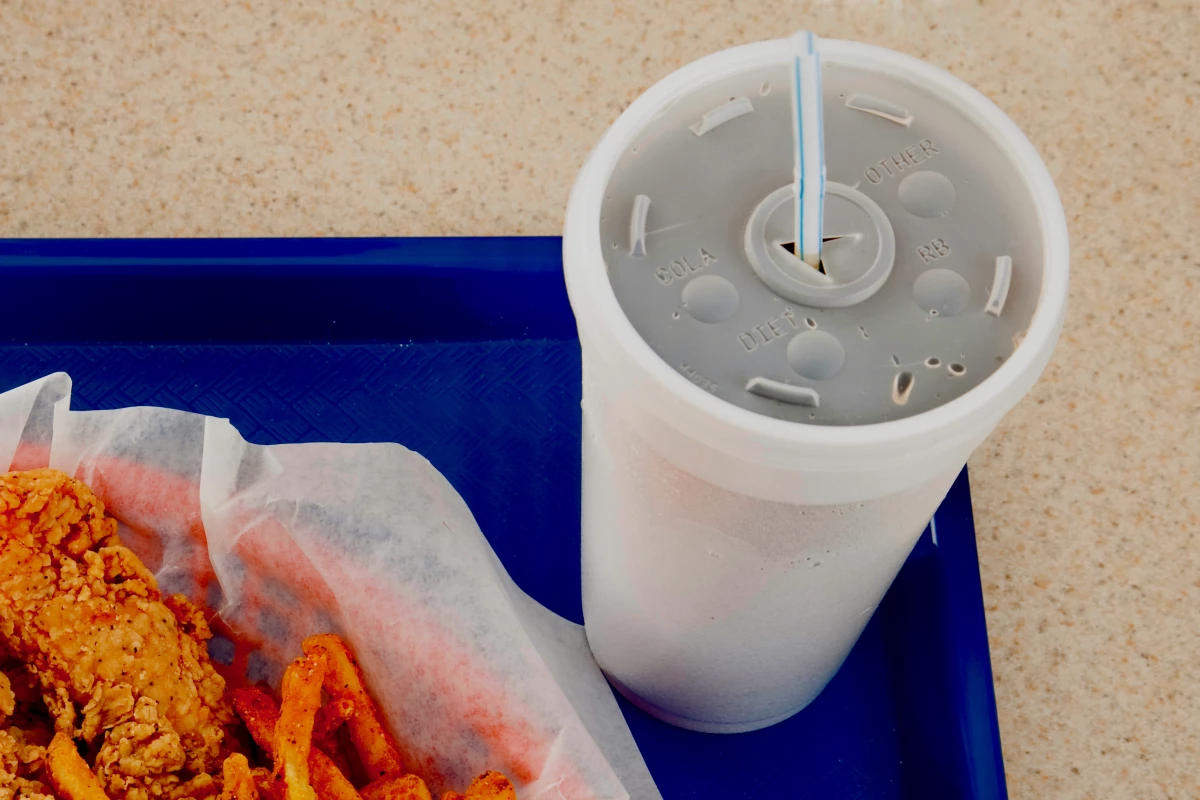You may have noticed that on some take-away drink cup lids, there are small domes that can be "popped down" to indicate what sort of beverage is in the cup. Scientists now believe that similar domes could help drones monitor the air pressure on their wings.
One problem faced by autonomous fixed-wing drones is the fact that their onboard flight computers are constantly flooded with data coming in from multiple sensors. As a result, the aircraft require a fair amount of processing power. Even then, there may still be a significant lag between the time that they receive sensory input, and then act upon that information.
In order to lighten the info-load, researchers have been exploring the use of sensors that simply don't register data that's too insignificant to matter. That's where the little domes come in.
Working with colleagues from the University of Tennessee, scientists at Indiana's Purdue University have developed a proof-of-concept model in which a grid of cup-lid-like polyurethane domes is mounted on the top surface of a section of aircraft wing. Beneath each dome is a membrane of piezoelectric polylactic acid (PLA) – along with the domes, those membranes form a linked array.

As long as the air flowing over the wing doesn't exceed a certain pressure threshold, none of the bubbles pop down. If the pressure is high enough, however, some of the bubbles will temporarily get inverted, pressing down on and deforming their underlying PLA membrane. The array registers where those deformations are occurring, and relays that information to a computer.
The computer is in turn able to map the pattern of high-pressure air flow across the wing. In practice, if that pattern indicated dangerous flight conditions, the drone's flight control system would be advised so it could react accordingly. Making things simpler is the fact that because each dome is either up or down, the data they provide is like the 1s and 0s used in binary computing.
Lead scientist Andres Arrieta believes that it should be possible to incorporate the technology into a fully functional drone wing within the next three to five years. A paper on the research was recently published in the journal Advanced Intelligent Systems.
Source: Purdue University





